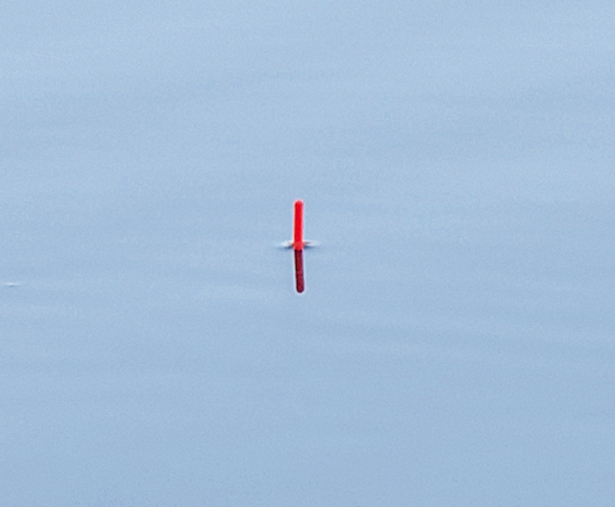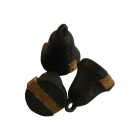This is a demo store. No orders will be fulfilled.
Skill School – Plumbing Up
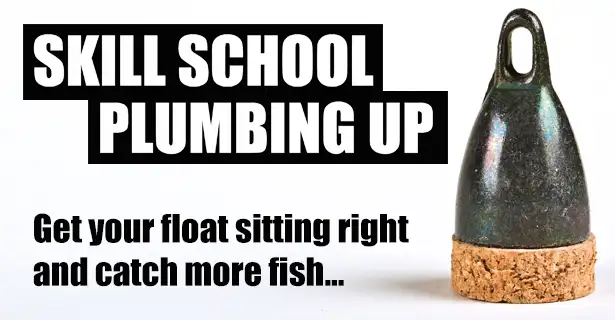

Get your float sitting right and catch more fish! If you’re float fishing, whether it’s on the pole or the waggler, one of the most important things to do is to get the depth of your swim right. Finding the depth of the water you’re fishing is hugely important, even if you’re up in the water. Here’s how to do it:
1.) The key piece of gear for getting the depth of your swim right is a plummet. This is basically a large weight that sinks straight to the bottom and acts on your float above. The basic principles of it are that if your float goes under you’re too shallow, if it sits up you’re too deep. The size of the plummet means that you get positive readings on the float so you know exactly what’s going on.
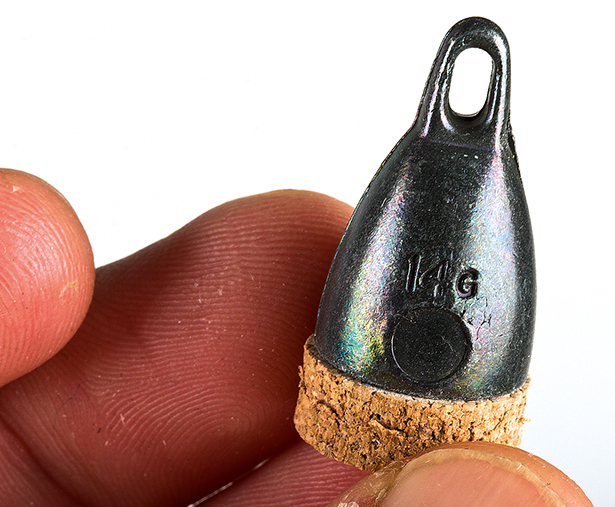
2.) Set your float rig up as usual, but without all of the weight needed to make it sit as you would normally want it on the water. With just enough shot around its base to cock it you will be able to tell if you have too much line between the plummet and the float as the float will be sitting right up out of the water.
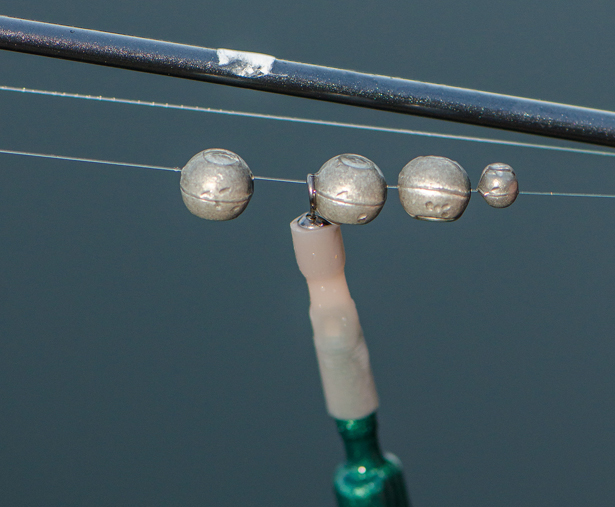
3.) With your rig set you now need to attach your plummet to the line. The traditional plummet features a large eye at the top that you need to feed your hooklength through.
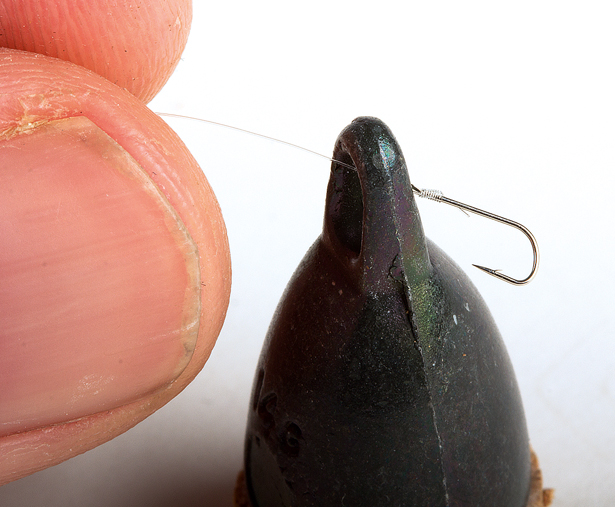
4.) At the bottom is a cork band, for you to nick your hook into to keep the plummet attached.

5.) The end result sees the plummet sit in line with your rig so that it can be lowered in a swim and so that the bottom, flat side of the plummet will sit on the deck, giving you a very accurate depth reading.
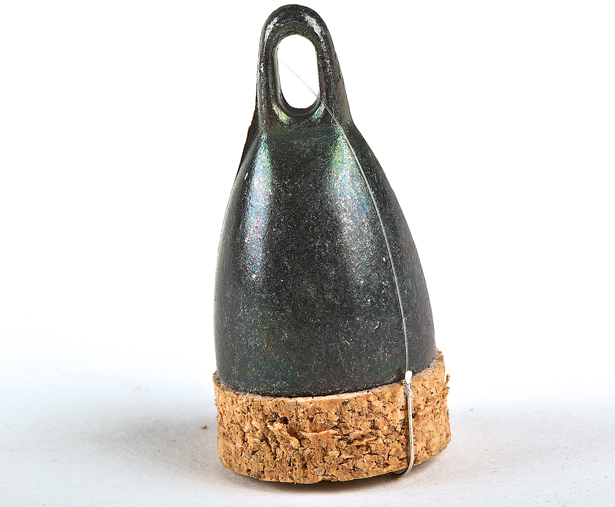
6.) With the plummet in place you can now lower or cast it into the swim (the latter is best done as a gentle underarm swing).
7.) You now need to watch your float. If it sinks out of view straightaway then you have your depth set too shallow for the swim and you need to move your float up the line.
8.) If your float sits high in the water then you have your depth set too deep and you need to move your float down the line closer to your hook.

9.) Move your float in the required direction in small increments until it sits properly in the water. Once you’ve done this you have your depth, giving you a base line for the swim that you can then work around, whether you want to fish overdepth or shallow.
10.) A good tip is that once you’ve found your depth hold your hook to the top of your rod handle and see where the float sits against your rod. You can mark that spot with Tipp-Ex to give you a reminder if you then change the depth of your rig.
Shop For Float Fishing Tackle
